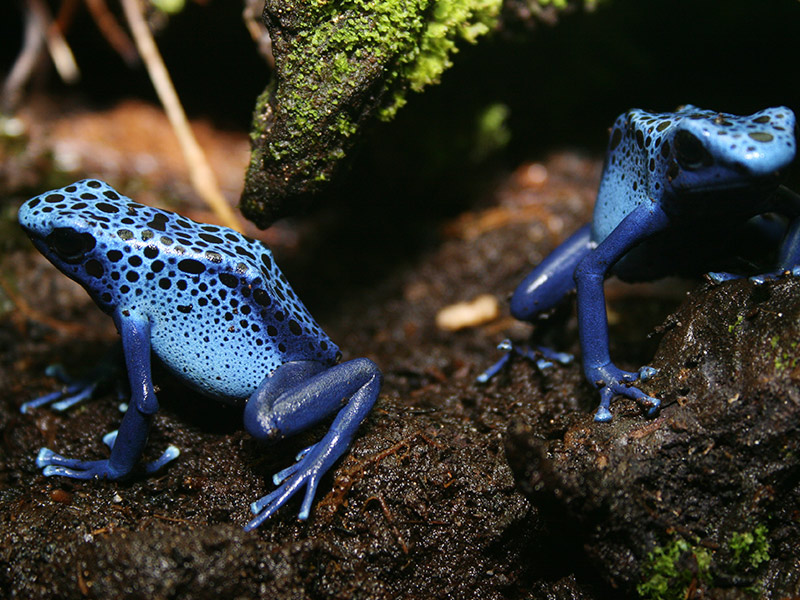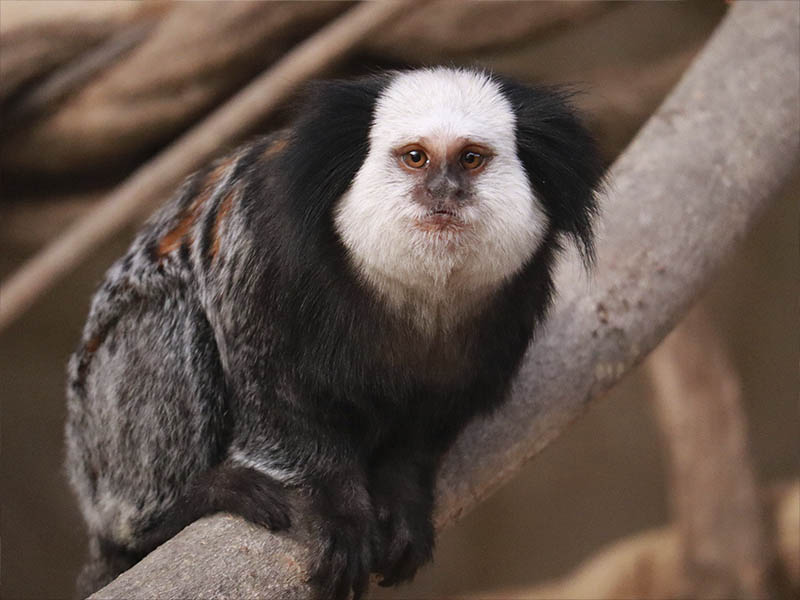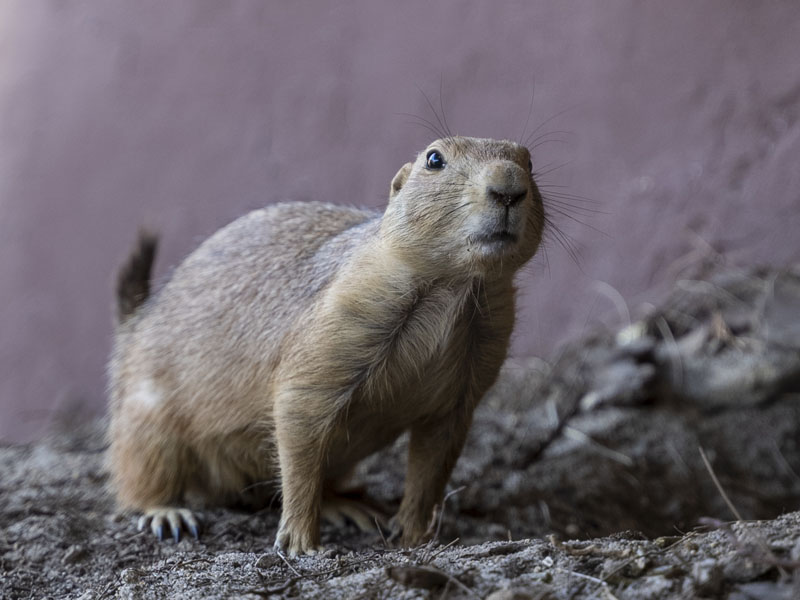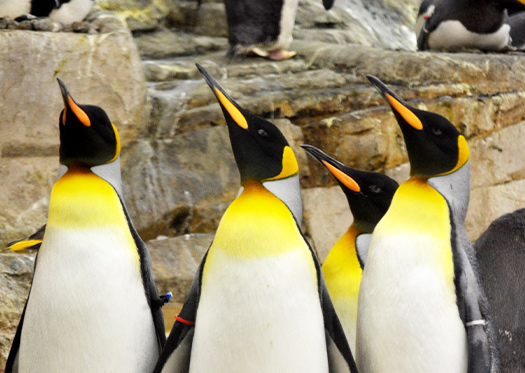If you come in costume, you get free admission! Get it here.
New species arrive and we reopen The Amazon

- A two-toed sloth, several Geoffroy's marmosets, prairie dogs and Azara agoutis join our big family
- On our 20th anniversary we have also refurbished The Amazon theme area, opened in 2005 and home to some of the animal species inhabiting the planet's green lung
Selwo Marina's biodiversity increased considerably when, in the spring of 2005, we opened the Amazonia themed area. The idea was to recreate, atmospherically speaking, the ecosystem that baptises the Amazon River: the so-called green lung of the planet. The richness of the animal and plant species that live there was transferred, in a large representation, to our zoological park located in Benalmádena.
After the remodelling works carried out this year, the Amazonia pavilion has reopened its doors, coinciding with a new installation for toucans and macaws and with the arrival of new species that add to our zoological collection and to the history of Selwo Marina, which just this summer celebrates two decades. As always, all additions have the approval and collaboration of the European Association of Zoos and Aquaria (EAZA) and the Iberian Association of Zoos and Aquariums (AIZA), of which both our park and Selwo Aventura are members.

One of the world's slowest animals and many more new species
One of the most eagerly awaited newcomers is undoubtedly the two-toed sloth (Choloepus hoffmanni, named after the German naturalist Karl Hoffmann), a mammal native to Central and South America, whose morphology is very curious: extremely thick-skinned and protective. Its morphology is very curious: extremely thick-skinned and protective; also its way of moving, slow, through the jungle habitat, the destruction of which could have caused a notable reduction in its wild population. Did you know that it is one of the slowest animals in existence, according to National Geographic?
.jpg)

Also in the territory of La Hondonada, together with the two-toed sloth, is the new group of Geoffroy's tamarins (Callithrix geoffroyi), which recently joined the rest of the small primates in Selwo Marina. This white-headed marmoset is only found in the jungles and forests of southeastern Brazil. A curious thing that attracts the attention of all visitors is that, like the lemurs, it has a ringed tail.
Another addition is the prairie dogs (Cynomys ludovicianus), mammals related to marmots. They come from North America (Canada, USA), are herbivorous and polygamous (males in this case). Their communication has been studied, as it is based on a sophisticated system of calls - up to 11 - which they reinforce with body postures. Another novelty is a group of Azara's tress agouti (Dasyprocta azarae), which will share the same facility as the saimiris.

Refurbishment of The Amazon pavilion
This thematic area has undergone a major modification, in which we have renovated the entire floor of the pavilion and refurbished one of its rooms, replacing the existing installations with three new, larger multi-species terrariums that house reptiles from the Amazon rainforest. In addition, a new species of tarantula has joined the inhabitants of this facility.
As Craig Allum, head of conservation at Selwo Marina, explains, "we have upgraded the home of the current collection of animals that we had, but we will be expanding the collection, little by little, with the aim of showing visitors the richness of the Amazon ecosystem and the problems faced by the species that inhabit it".


Our park is part of different internationally coordinated conservation programmes, which is why we take in endangered species according to the needs of the conservation programmes. In this sense, says Allum, "we work to promote coexistence between species, as happens in their natural habitat, always committed to animal welfare".
